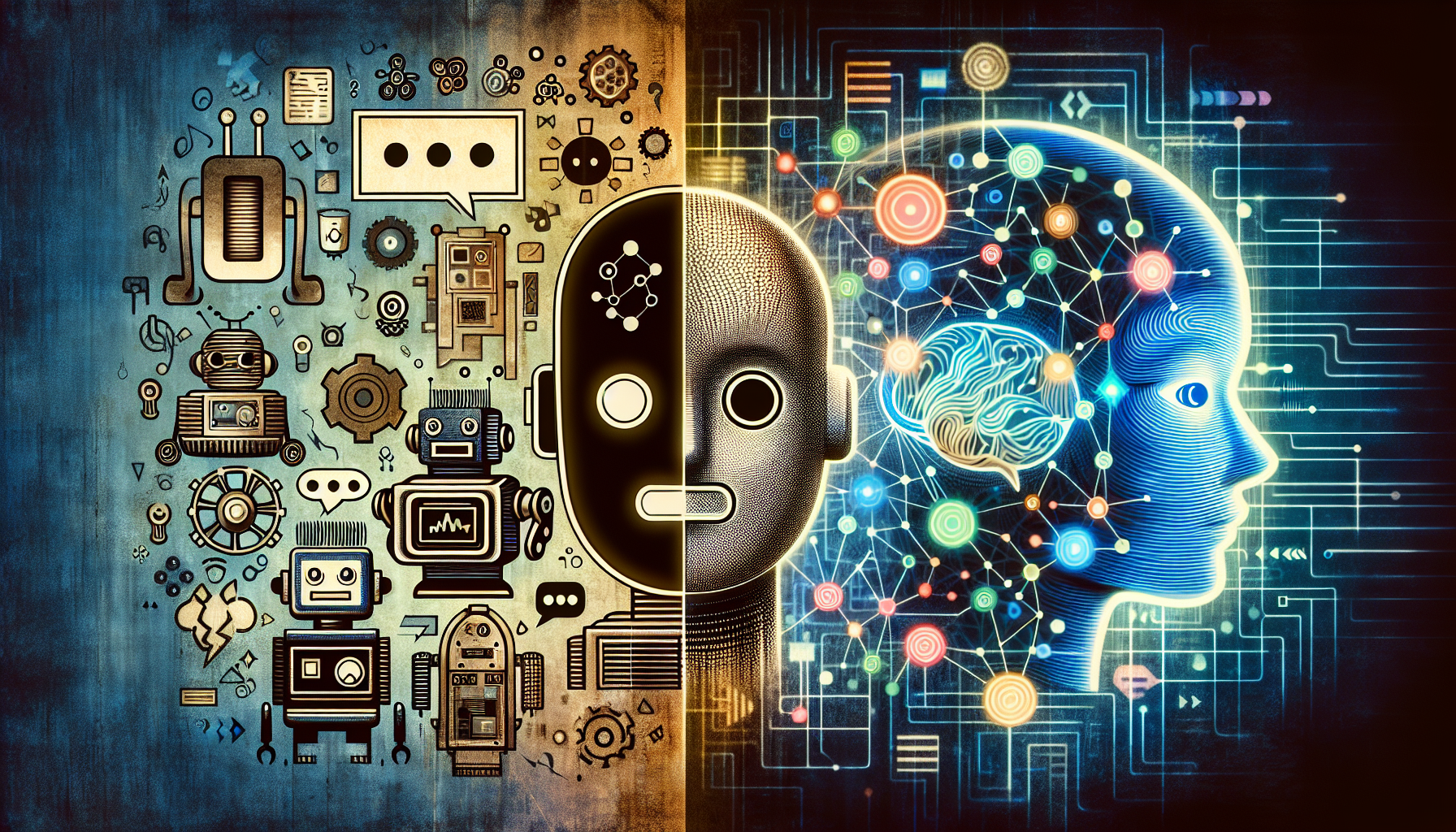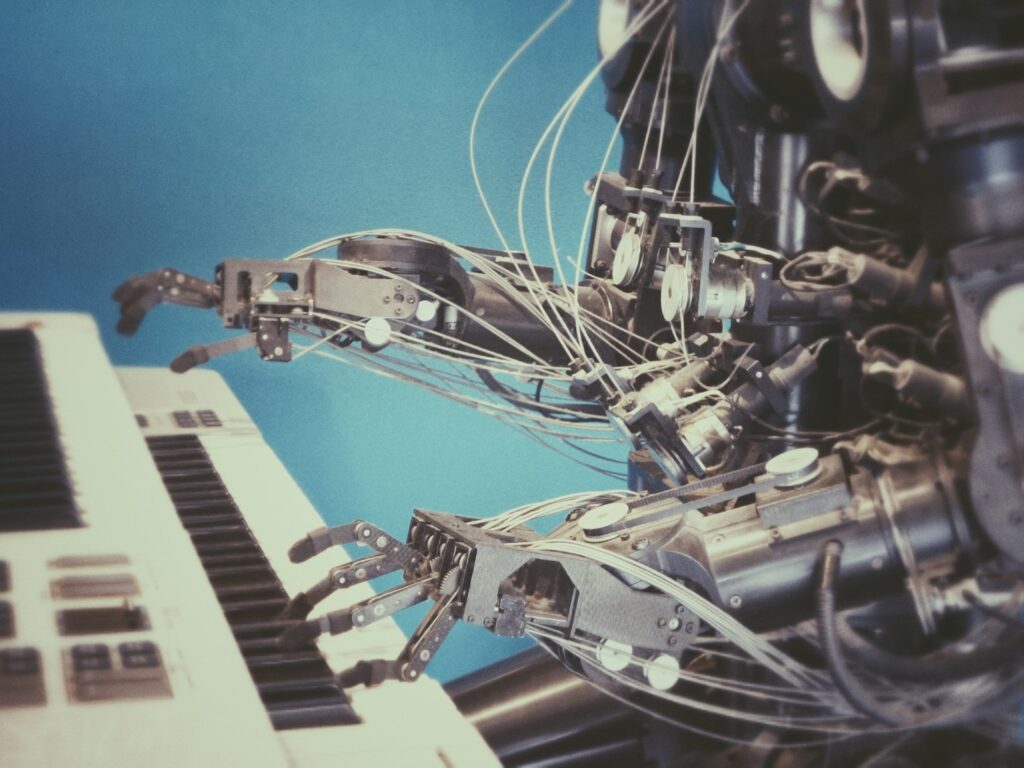The way we talk to computers is changing, and it’s shaping the very future of chatbots. The era of traditional chatbots, those rigid, clunky assistants that followed a script and got lost the moment you went off-topic, is officially over. They played their part, but today’s customers demand more. They expect speed and accuracy, but also conversations that feel genuinely human. This is a future built on intelligent systems, context-aware technology, and agentic AI. This new generation of AI-powered agents doesn’t just reply; they reason.
Imagine a customer support scenario. A user types, “I want to return a shirt I bought last month.”
A traditional chatbot would be stuck. Its limited script might only recognize phrases like “return an item” or “issue with my order.” It would likely ask for a ticket number or redirect the user to a separate returns page, forcing them to do all the work. It can only follow a pre-programmed path.
In contrast, an agentic AI understands the intent. It can reason that the user wants to initiate a return, and it can access and analyze data from various sources. It would instantly check the order history to verify the purchase, cross-reference the return policy to confirm eligibility, and even check the current stock for a potential exchange. The agent would then proactively offer to send a return label and schedule a pickup, all within the same conversation. It’s a system that doesn’t just respond; it thinks and takes action.
You may want to know the history of chatbots and how far they have come.

The Future of Chatbots: A Shift Beyond Scripts
Old school chatbots worked within tight constraints. They relied on keyword matching, followed scripts, and failed to understand nuance. For a while, they solved surface-level problems like answering FAQs. But as customer expectations grew, the limits of these tools became painfully obvious.
This evolution in user behavior is driving the future of chatbots toward systems that are smarter, more adaptive, and capable of learning from every interaction.
From Static Bots to Intelligent Agents
In the future of chatbots, we are seeing a shift from static systems to Agentic AI. Where AI agents are built to:
- Learn in real time
- Interpret intent and emotion
- Pull data from multiple sources
- Deliver personalized, natural dialogue
These next generation solutions move beyond being simple tools. They become digital collaborators — agents that solve problems, automate processes, and engage meaningfully with users.
What the Future of Chatbots Means for Business
Businesses that still rely on legacy bots risk falling behind because rigid scripts don’t work anymore. Businesses are now enhancing interactions with intelligence. Here is what is coming:
- AI first communication strategies
- Seamless customer experiences across channels
- Voice and multimodal interfaces
- Round the clock intelligent support that scales
The brands that lead in this space will be those that treat chat interfaces not as afterthoughts, but as critical customer experience engines.
Read: How to Apply Agentic AI to Any Business for Growth and Efficiency | Conversing AI
Preparing for the Future: Key Steps to Take
To stay ahead of competition, businesses must move with intention and foresight. Intelligent automation is no longer optional — it’s essential. Here are five key steps to help you prepare and position your organization for long-term success:

Agentic AI
1. Assess Your Current Chatbot Capabilities
Begin by evaluating your existing chatbot systems. Are they merely answering basic questions, or are they genuinely solving user problems? Look at response accuracy, user satisfaction metrics, and overall engagement levels. If your bot still follows static scripts or lacks learning capabilities, it is time to rethink your strategy.
2. Define Intelligent Use Cases
Don’t limit chatbot deployment to handling FAQs. The real value lies in automating end-to-end experiences in areas like customer onboarding, lead qualification, appointment scheduling, internal IT support, and even product recommendations. Identify where AI can reduce friction, save time, and improve service quality across departments.
3. Adopt AI Training Models
A chatbot is only as good as the data it learns from. Train your system using real customer interactions, support logs, and frequently asked questions. Use supervised learning where needed to fine-tune responses and introduce context. Continuously updating your training data helps ensure relevance and accuracy over time.
4. Invest in Platform Integration
Chatbots should not operate in isolation. Connect them to your CRM, helpdesk, order management, and knowledge base systems. This enables your AI to pull real-time data, personalize interactions, and handle more complex tasks like account lookups or troubleshooting — without human intervention.
5. Start with Pilots and Scale Based on Results
Choose one or two high-impact areas to deploy an intelligent chatbot solution. Monitor usage, gather feedback, and analyze outcomes. Once performance is validated, scale gradually across other functions. A phased rollout allows for optimization and ensures that your investment delivers measurable returns.
Building Toward an Intelligent Future
To conclude, the chatbot revolution is evolving into something far more powerful. We are no longer talking about automating replies. We are talking about transforming how businesses and users connect.
The future of chatbots is intelligent, adaptive, and driven by real conversation. It is not about having a bot. It is about having the right kind of bot — one that can think, learn, and serve with precision.
The script-based chatbot is history. The intelligent AI agent is the future. And that future is already unfolding.
If you need an AI Chat agent, have a quick chat with our BixExpert waiting to serve you.

